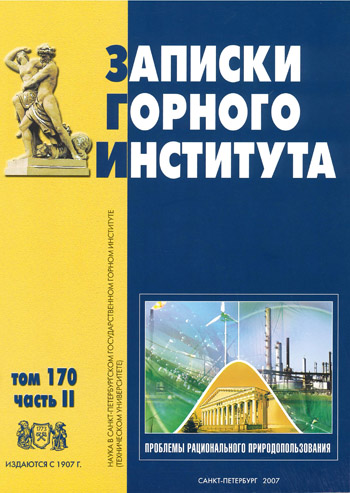Economic impact analysis of national natural gas storage
- Korea Institute of Geoscience and Mineral Resources (KIGAM)
Abstract
Natural gas storage is important for governments managing energy risks at the national level. The analytical solution proposed in this paper is based on the DIS-Risk mathematical model developed by P.N. Leiby & D. Jones (1993) to estimate strategic petroleum product reserves. Annual gas supply disruptions are modeled through beta probability distribution, affect the cost of imported natural gas, demand and supply. Gas supply disruptions lead to a decrease in gross domestic product and an increase in the cost of imported natural gas. As a result of Monte Carlo modeling for natural gas supply disruptions, the capacity of national natural gas storage facilities is estimated at 1.3-2.25 MMBtu. The economic effect of preventing such losses ranges from 10.9 to 17.7 billion USD, with total costs ranging from 3.4 to 5.6 billion USD. The total cost from 2006 to 2035 will be between 3.4 and 5.6 billion US dollars.
